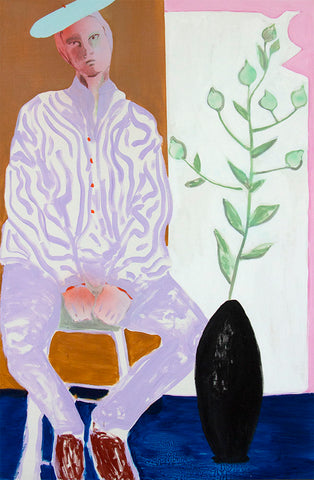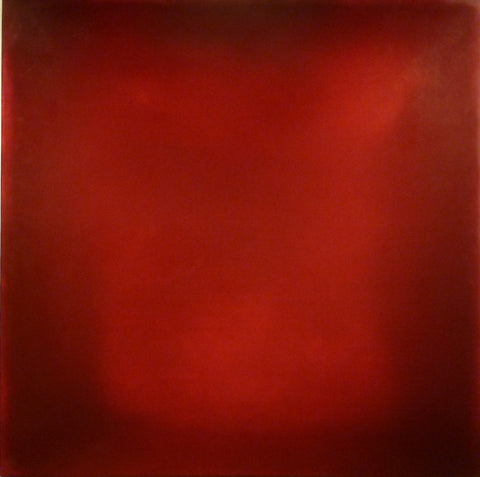Thunder
There’s birds everywhere.
I remember the first time I watched a water bomber fill up on a lake, it sounded like Thunder.
Crying over the horizon like a goose, then accelerating as it approached the waves. It’s propellers pushing harder and louder in order to pick up speed as it dragged itself through the water.
Crash, Crush, Groan, Rumble.
Scared Wood Ducks, Swans and Teal’s scattered from their shoreside perches, fluttering back into the forest. Long, tall, break-less waves swole up around the docks of close by cabins, already half sunk from a fast mountain melt.
Bang, Crack, Snap, Boom.
Then the plane effortlessly coasted back into the sky and out over the horizon again. It was a CL-215, Canada’s most common water bomber.
Forest fires were sparking up so fast that spring of 2019, the water bombers were forced to refill on populated lakes - or whatever body of water was closest. I’d read in the news that a series of rainless electrical storms were churning in the valleys along Cowichan territory, making for an early and urgent start to the fire season.
However, I hadn’t seen any of the storms myself. They’d come and go so fast. Lightning is exceptionally rare in the mountains on the west coast and despite living there for several years, I don’t remember witnessing anything close to an electrical storm, certainly not like the ones I grew up with on the prairies.
When I lived in Vancouver, my apartment was all the way up on the 17th floor where I had a great view of the mountains. Sometimes, storms would form in the bay and start to creep their way towards land, dark and thick like I remember from my childhood. But just when I’d start to feel a spark in the air, the storm would fold back into itself as it pressed against the mountains before dissipating into mist.
So these rainless, localized storms on Vancouver Island must have been some kind of an anomaly. Some product of climate change that we will all need to learn to live with.
While I didn’t end up seeing any lightning that summer with my own eyes, by the end of the season, several water bombers in BC had been grounded due to the electrical storms, leaving fires to grow out of control with limited ability for us to push back.
I didn’t see any fires that summer either, I luckily kept away from them. Just lots of smoke. Heavy, red, ashy smoke.
But this summer, I saw lots of fire. More than I’d like to remember.
Fire on the mountain, fire on the lake, fire in the sky.
Fire started by humans, fire started by industry, fire started by lightning (although I still hadn’t seen any lightning myself yet).
Almost 20 million hectares of fire.
Roads closed, homes lost, animals and birds displaced.
Fire was the lens through which I saw the forest this year.
I’d spent a whole month on Vancouver Island chasing and being chased by fire. So when I phoned home to northwest Ontario to let my dad know I was on the way back, my heart sunk when he told me about the heavy smoke filling the yard around my studio.
On June 27th, I woke up early to get the first ferry over to the mainland. I made a quick stop in Vancouver, then started heading east with hopes of making it to Golden before nightfall.
I was somewhere between Salmon Arm and Revelstoke when I first heard it.
Crash, Crush, Groan, Rumble.
Winding through the tallest peaks of the mountains, switchbacks and single lanes.
Bang, Crack, Snap, Boom.
It was just outside of Malawa that I finally pulled over the truck on the side of the road.
Alone in the dark by myself, I cried as I watched lightning sear open the sky.
Ash fell instead of rain.
The next morning while driving through Lake Louise, I heard a report on the local radio:
“All water bombers grounded due to electrical storms.”
I hadn’t seen a bird since Merritt.


















